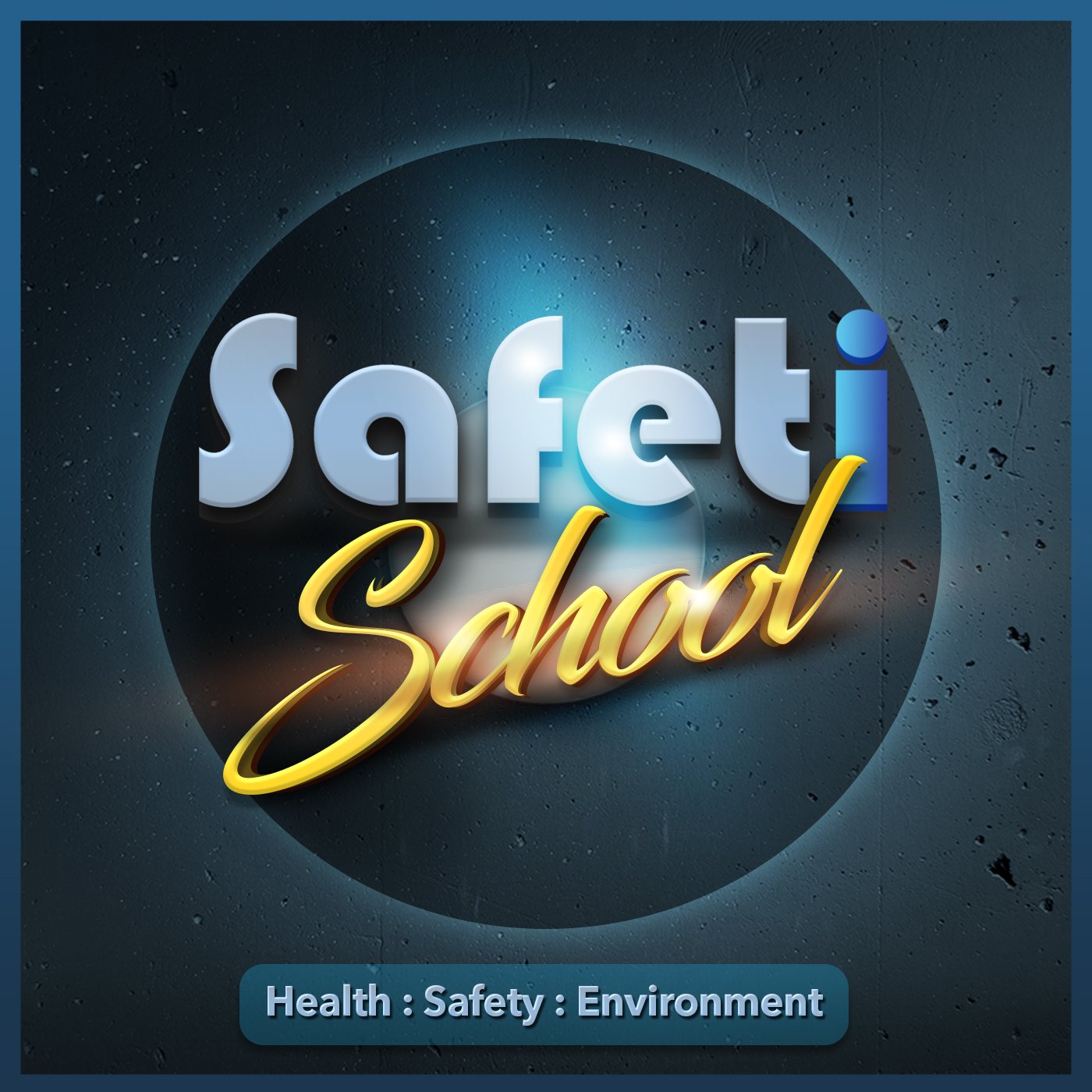Manual Handling TILE
If you have ever taken
manual handling training, it's likely you may have came across the manual handling TILE acronym.
In terms of manual handling, the TILE acronym stands for Task, Individual, Load, and Environment:
This is also often extended to TILEO (to include 'Other Factors'). Sometimes, you will also hear LITE in manual handling training - it's simply a rearranging of the letters and will usually relate to the same principles.
Before we move on to learning more about the individual elements of Manual Handling TILE principles, let's take a quick peak at why manual handling training is so important across different industries.
Manual Handling Injuries | Why Worry?
In Ireland, Manual handling injuries are the most common workplace injury (see image), with over 30% physical injuries relating to the back, arm or shoulders.
For GB, in the 2020/21 business year, there were approximately 470,000 (yes, ~0.5 Million!) work-related musculoskeletal (MSK) disorder cases. 81% of these were related to the upper limbs, neck or back.
How much lost time does this equate to for the workforce I hear you ask?!
HSA Injury Statistics 2019
The HSE (GB) estimates that 8.9 Million working days were lost due to these MSK disorders.
Manual handling, awkward or tiring positions and keyboard work (
DSE) or repetitive action are regarded as the key causes of work-related
musculoskeletal disorders.
https://youtu.be/ODNO4RSvBco
Check out bitesize Manual Handling training video right here.
Don't forget, if you or your team would like to take our certificated online course on Manual Handling, you can enrol right now in our
free Manual Handling course.
What does TILE stand for in Manual Handling?
The manual handling TILE acronym that aims to help you carry out a manual handling risk assessment. Using TILE or TILEO prompts you to consider each essential area of the activity in order to reduce the risk of injury.
T | Task
This means considering the manual handling activity itself, i.e. the lifting, lowering, carrying, pushing or pulling, and looking at how it may affect your health and safety.
For example, does the task involve repetitive movements, strenuous movements, long distances, or uneven weight distribution?
In most workplace manual handling scenarios, the priority should be to avoid, before assessing and reducing risk where employees are required to perform manual handling tasks.
Products to Help Avoid Manual Handling
I | Individual
This means considering the person who will be carrying out the manual handling activity, i.e. you or another colleague.
The physical attributes of an individual as also important to consider. For example, how strong, fit or able is the person? Is manual handling something they do on a daily or regular basis?
An essential aspect of assessing the individual is considering how much instruction and
manual handling training they have received. Do they need more training before carrying out the task?
L | Load
This means considering the object or person that is being moved, and looking at how this may affect health and safety.
For example, is the load particularly heavy, bulky, hard to grasp or unstable? If so, have you really considered all of the
mechanical options available to you? It may be worth having another look if the option has been dismissed first glance.
If no reasonable means of
lifting device can be identified, then it will be also be worth considering if the load can be split up into smaller units.
Once you have reached the optimum reasonable load or unit size, how appropriate is the load for the individual/s carrying out the task?
E | Environment
This means considering the area in which the load is being moved, and looking at how this could make the manual handling task unsafe.
For example, are there any space constraints? Is the floor slippery or uneven? Is there sufficient lighting? Are there any trip hazards?
What is TILEO in Manual Handling?
O | Other factors. This means considering anything else, in addition to the task, individual, load and environment, which may impact on the safety of the manual handling activity.
For example, will personal protective equipment (PPE) make movement difficult? Is more/different PPE needed?
Perhaps there are other organisational factors such as planned work to take place on the route of travel, or strict limitations on who is authorised to carry out manual handling tasks.
These are all aspects that should be considered and typically, it is about making sure you run your plans by the right people e.g. health and safety manager, production supervisors and facilities managers.
Manual Handling TILE | Ask Us
Are you looking for a manual handling training course for your team? Check out our
Training section for the different options that we currently provide, or start a conversation with us now and we will help you find the best fit.
Name *
Email *
Phone
Message *
Submit


